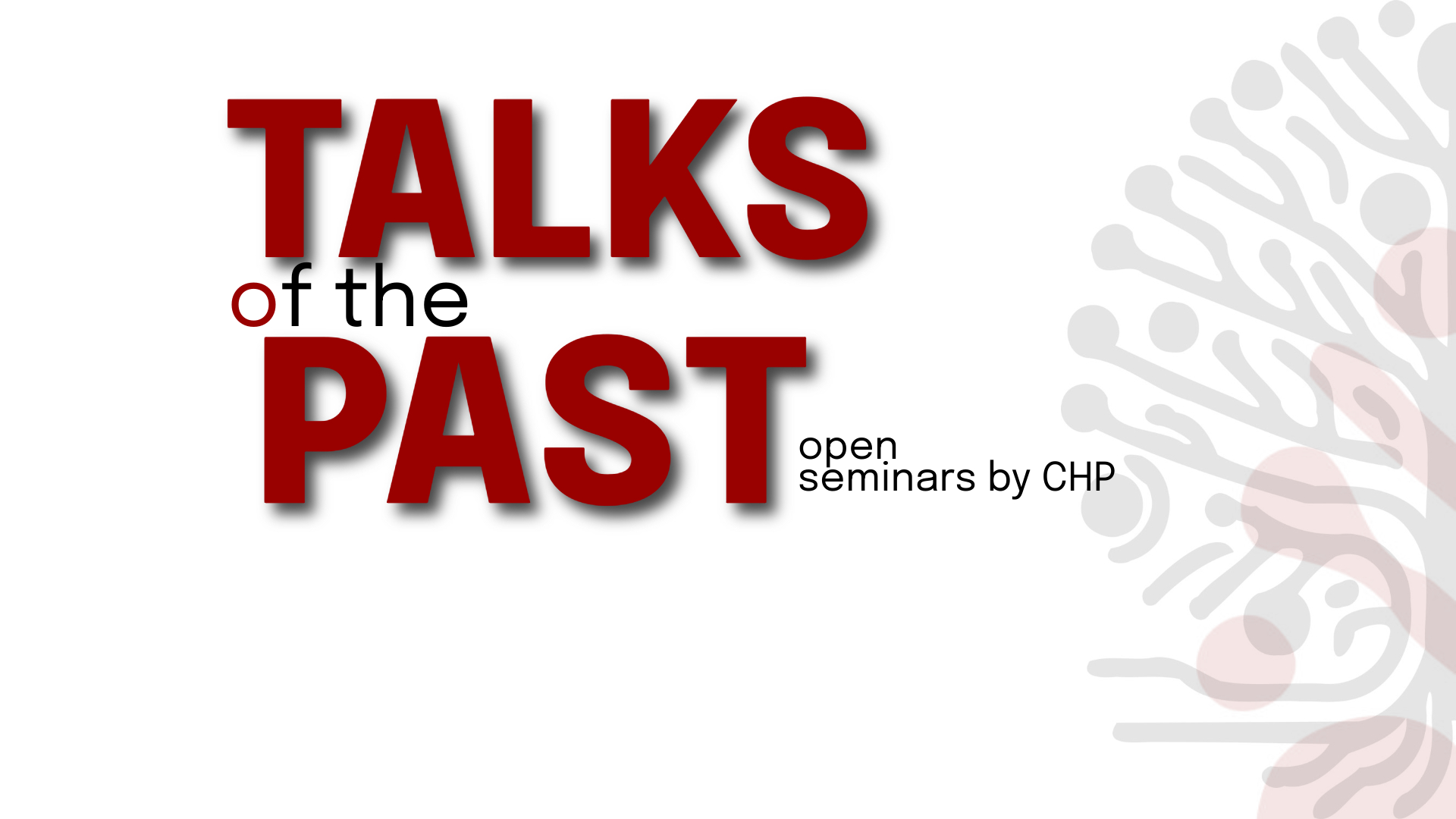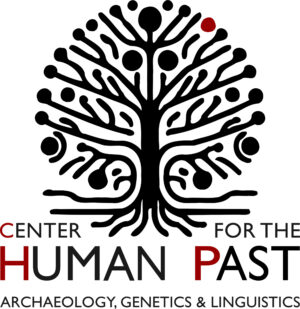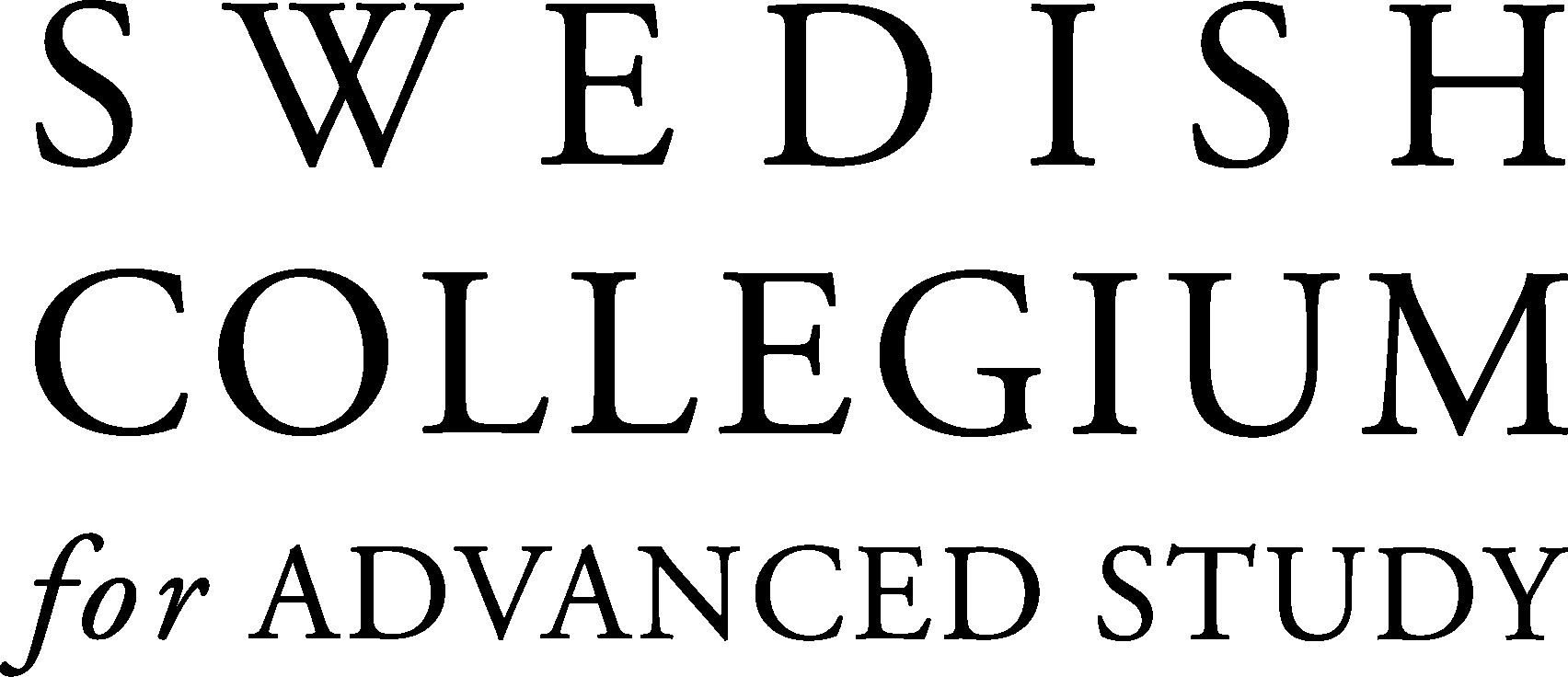
Talks of the Past (ToP) Open Seminar: Oct 2nd, 2024: Toward Professional Ethics of Ancestral Human Remains Research: from Tissue to Biomolecules, speaker Rita Peyroteo Stjerna
Blåsenhus, UU, lärosal 21:136 von Kraemers allé 1, Uppsala, SwedenOriginal photograph by T. Ketola, 2004. Used with permission. Synopsis Ancient human remains are highly prized research subjects because of the wealth of information they can provide about past lives, which otherwise would be difficult to uncover. In recent years, the astonishing development of biomolecular techniques such as residue and stable isotope analyses, proteomics, and […]



